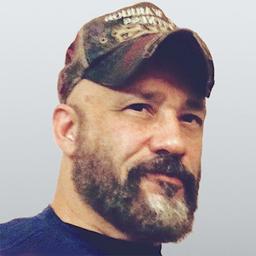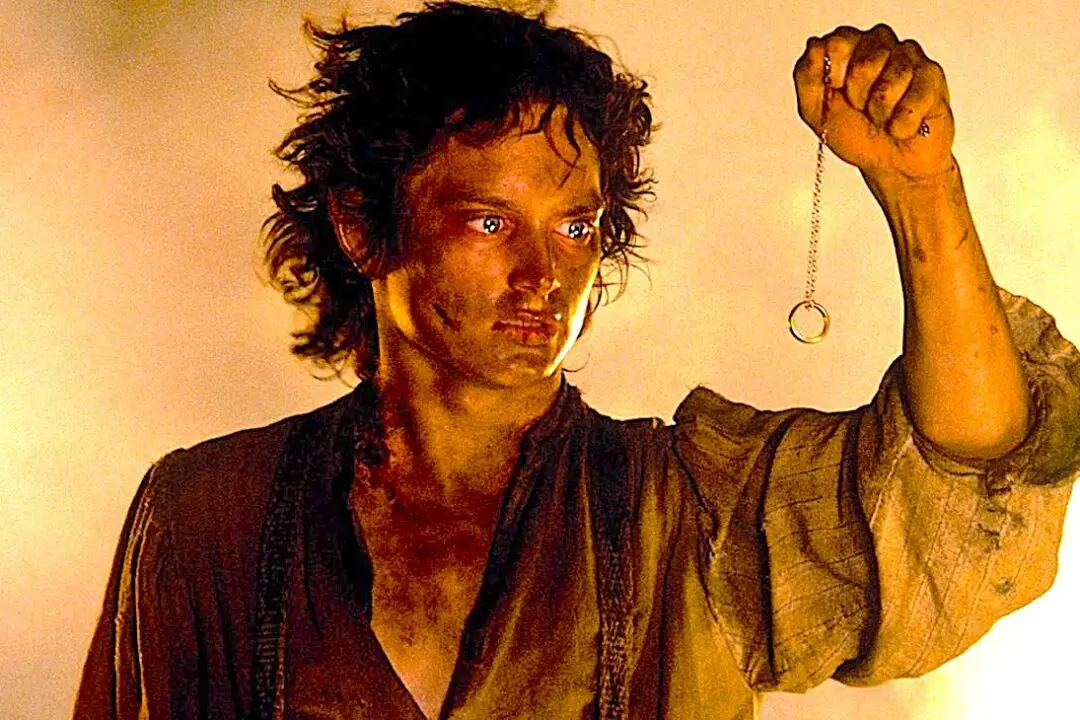You can’t say that Harley-Davidson culture is strictly American anymore; the entire world has Harley culture happening now. But America’s the originator and main influencer. One look at the following random (and minimal) list of well-known Harley enthusiasts makes it easy to see why:
Popcorn and Inspiration: ‘Stray Dog’ Review: Harley-Davidson Culture Is Therapy for U.S. War Vets
A documentary about an American war veteran and the PTSD therapy he receives from biker culture and caring for others.

Mark Jackson
Film Critic
|Updated:
Mark Jackson is the senior film critic for The Epoch Times and a Rotten Tomatoes-approved critic. Mark earned a bachelor's degree in philosophy from Williams College, followed by classical theater conservatory training, and has 20 years' experience as a New York professional actor. He narrated The Epoch Times audiobook "How the Specter of Communism Is Ruling Our World," available on iTunes, Audible, and YouTube. Mark is featured in the book "How to Be a Film Critic in Five Easy Lessons" by Christopher K. Brooks. In addition to films, he enjoys Harley-Davidsons, rock-climbing, qigong, martial arts, and human rights activism.
Author’s Selected Articles




